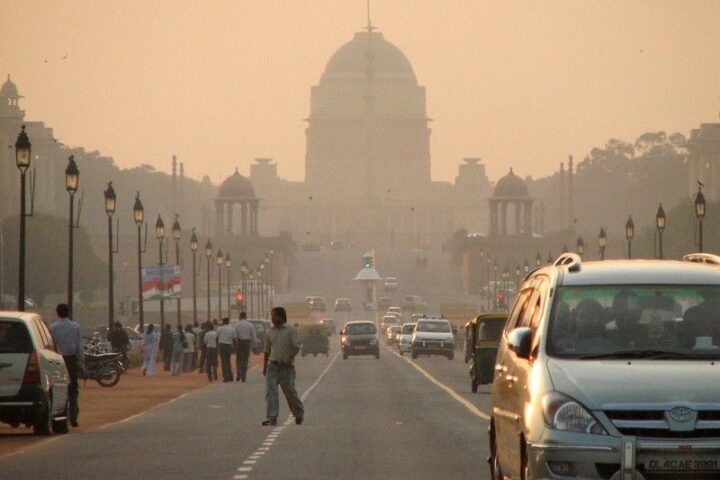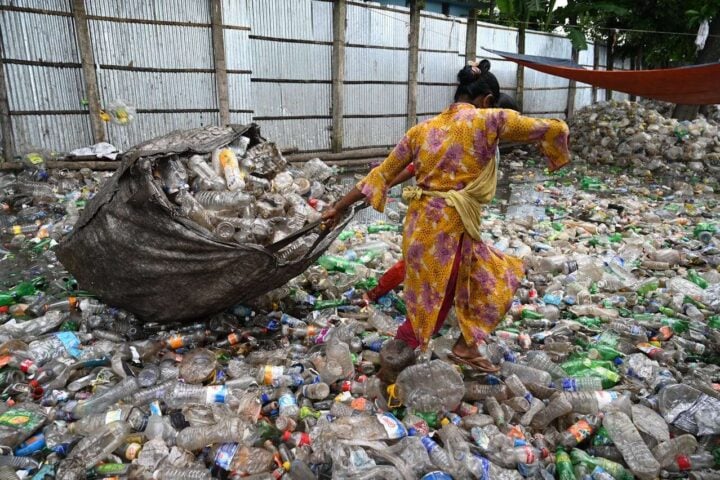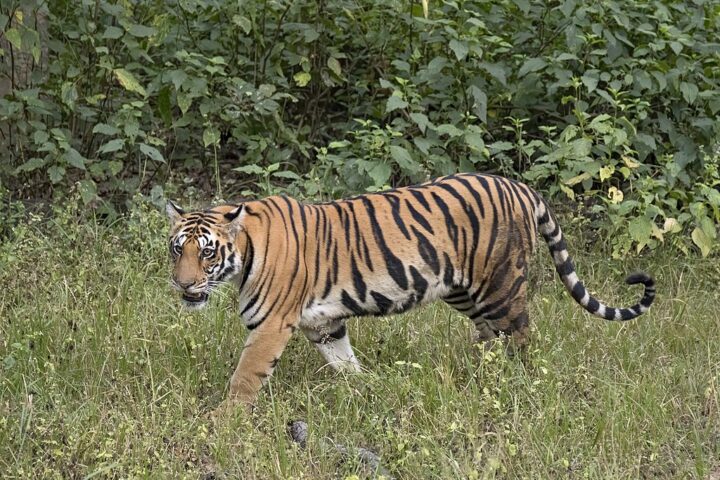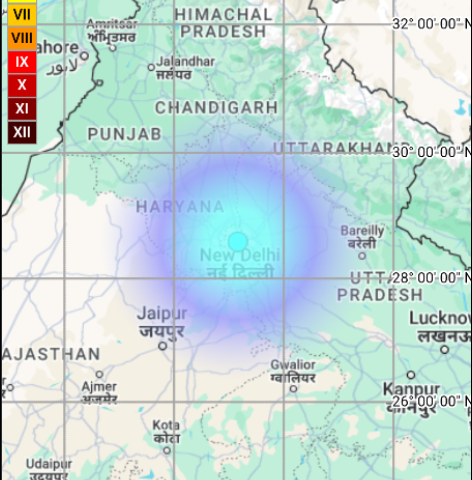For India, this past April was the hottest in 122 years and followed the hottest March on record. The heat wave has had critical knock-on effects. Surging electricity demand and stress on the power grid triggered power outages for two-thirds of Indian households, the hot weather has also increased dust and ozone levels, leading to spikes in air pollution in major cities across the region. The heat melted mountain glaciers faster than normal.
What Are Heat Waves?
A heat wave is a period of unusually hot weather that typically lasts two or more days. To be considered a heat wave, the temperatures have to be outside the historical averages for a given area. Generally heat waves are a period of excessively hot weather, which may be accompanied by high humidity, especially in oceanic climate countries. While definitions vary, a heat wave is usually measured relative to the usual weather in the area and relative to normal temperatures for the season. Temperatures that people from a hotter climate consider normal can be called a heat wave in a cooler area if they are outside the normal climate pattern for that area.
How Has Heat Waves Affected India
The recent rise in temperature and the frequency and intensity of heatwaves was a result of climate change and India is no exception to it. In India Heat waves typically occur from March to June, and in some rare cases, even extend till July. On an average, five-six heat wave events occur every year over the northern parts of the country. Single events can last weeks, occur consecutively, and can impact large population. In 2016, severe heat wave conditions affected Bihar, Jharkhand, Gangetic West Bengal, Odisha, Punjab, Haryana, Chandigarh & Delhi, Rajasthan, Maharashtra, West Madhya Pradesh and Gujarat.
Heat wave is considered if maximum temperature of a station reaches at least 40°C or more for Plains and at least 30°C or more for Hilly regions. The life-threatening, extreme temperatures have caused hours-long power blackouts and put millions of people at risk. Thermometer readings have already reached 46°C in some regions.
Why Is It Exceptionally Warm This Year?
“The only reason is global warming,” said Roxy Mathew Koll, a climate scientist at the Indian Institute of Tropical Meteorology. “We have looked at data for seventy years and at the intensity, the number of heatwaves is directly in response to global warming” further added. A recent study showed a 62% rise in heat-related deaths in the last 20 years. An official assessment of climate change published in 2020 showed that the frequency and intensity of droughts and cyclones had significantly increased in the last six decades. The number of days of intense rainfall and the pace at which sea levels are rising have more than doubled over that period. In the study, scientists showed that the western Indian Ocean region experienced the largest increase in marine heatwaves at a rate of about 1.5 events per decade, followed by the north Bay of Bengal at a rate of 0.5 events per decade. The western Indian Ocean experienced 66 events while the Bay of Bengal had 94 events over the last four decades, between 1982 and 2018. “We need marine heatwave forecasts dedicated to the Indian Ocean as this is a region with the warmest waters, where marine heatwaves are projected to increase further,” said study’s lead author Roxy Mathew Koll at the Indian Institute of Tropical Meteorology, Pune. The marine heatwaves in the western Indian Ocean and the Bay of Bengal are the “ocean’s erratic response to increased warming of waters”. They appear in the form of periods of extremely high temperatures in the ocean and are causing drying conditions over the central Indian subcontinent.
According to M Ravichandran, Secretary, Ministry of Earth Sciences, ocean gliders will be deployed in the Indian Ocean under India’s Deep Ocean Exploration mission in the mission’s ocean climate advisory services component, in addition to a new generation of autonomous floats that will measure the real-time temperature and salinity in full ocean volume (beyond 2,000 metres). “Additionally, the moored instruments or buoys deployed in the Indian Ocean will also support biogeochemical measurements in the ocean surface apart from gathering information on physical parameters such as sea surface temperature and salinity,” Ravichandran told Mongabay-India.
While there are differences in the way the heatwaves are created in the northern Bay of Bengal and the western Indian Ocean, both influence the monsoon rains. When marine heatwaves occur, the winds are pulled to these regions over the ocean (instead of land), reducing the rainfall over land. A reduced transport of water from the equatorial region towards the north causes warm water to pile up in the western Indian Ocean. Weather and climate extremes researcher Krishna Achuta Rao, says “ there will still have to be some teasing out of what is the contribution of marine heatwaves and what is the contribution of other factors in influencing monsoon rainfall, we need to know who is a small player… who is a big player. If we are to use marine heatwaves as an indicator of what is going to happen to the monsoon rainfall, then the contribution of marine heatwaves will have to be separated out from the influence of the steady long-term warming of the Indian Ocean waters because there are so many elements that influence India’s summer monsoon.”


















![Big city Los Angeles smog building [photo source: pixabay] [PDM 1.0]](https://www.karmactive.com/wp-content/uploads/2025/04/46-of-Americans—156-M—Now-Breathe-Hazardous-Smog-and-Soot-State-of-the-Air-Report-Exposes-Decade-High-Pollution-1-150x150.jpg)